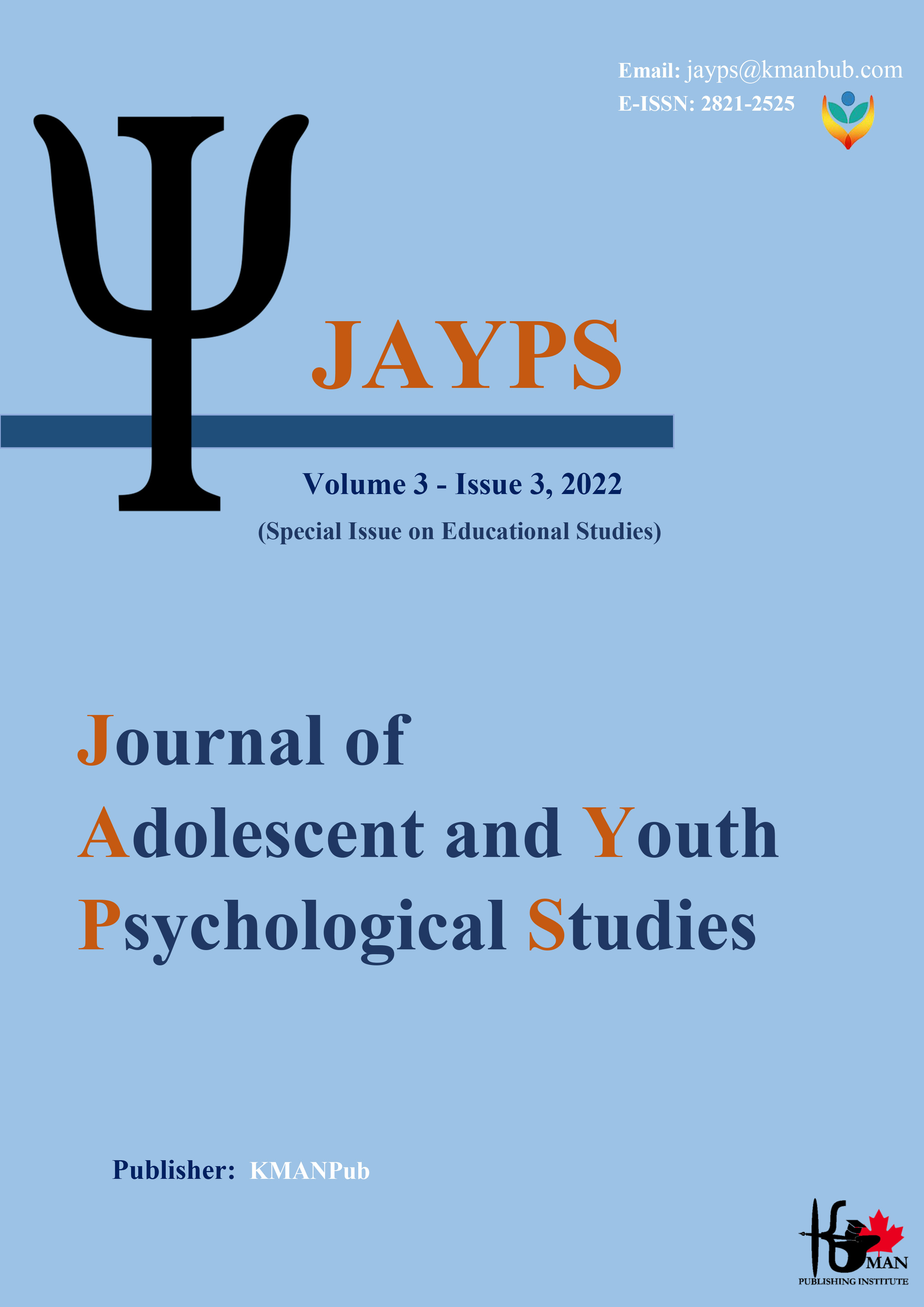Designing a leadership model in the 21st century for elementary school principals (case study: Tehran)
Keywords:
Model, leadership, 21st century, school principalsAbstract
Background and Aim: Education is related to the development of human abilities. Therefore, educational leaders and managers face many challenges. Therefore, the current research was conducted with the aim of presenting a leadership model in the 21st century for elementary school principals. Method: The research method was applied in terms of purpose and in terms of data, it was exploratory mix (qualitative-quantitative) and in terms of nature, it was systematic foundation (paradigm) data in qualitative dimension and cross-sectional survey in quantitative dimension. The statistical population of the qualitative part included experts in the field of human resources who have specialized doctoral education, and in the quantitative part, in the quantitative part, there were 850 people (468 women and 382 men) of primary education managers in Tehran. The sampling method in the qualitative section was purposefully theoretical and 15 experts were selected to reach theoretical saturation. In the quantitative section, the sample size was 265 (146 women and 119 men) with the help of Morgan's table. After open and axial coding, the measurement tool was prepared in the form of a form and sent to the experts for selective coding and validated, and based on this, a researcher-made questionnaire was designed and distributed among the randomly selected statistical sample. Then the collected data were analyzed using descriptive and inferential statistics. Results: After the final approval and prioritization of the experts, the dimensions, components and indicators of the model were drawn, and the said model was again validated by the experts. The findings showed 5 dimensions, 16 components and 111 indicators for the leadership model in the 21st century for elementary school principals. Conclusion: In a summary, the following paradigm model can be deduced: 1- Causal factors: value orientation, future research, human capital, financial resources and psychological security. 2- Background conditions: organizational culture and educational environment. 3- Intervening factors: leadership style, high-hand documents, technological structure and technological skills. 4-Strategies: learning-teaching process, educational supervision, educational evaluation. 5- Consequences: effective school and educated graduates.
Downloads
Downloads
Published
Issue
Section
License

This work is licensed under a Creative Commons Attribution-NonCommercial 4.0 International License.









